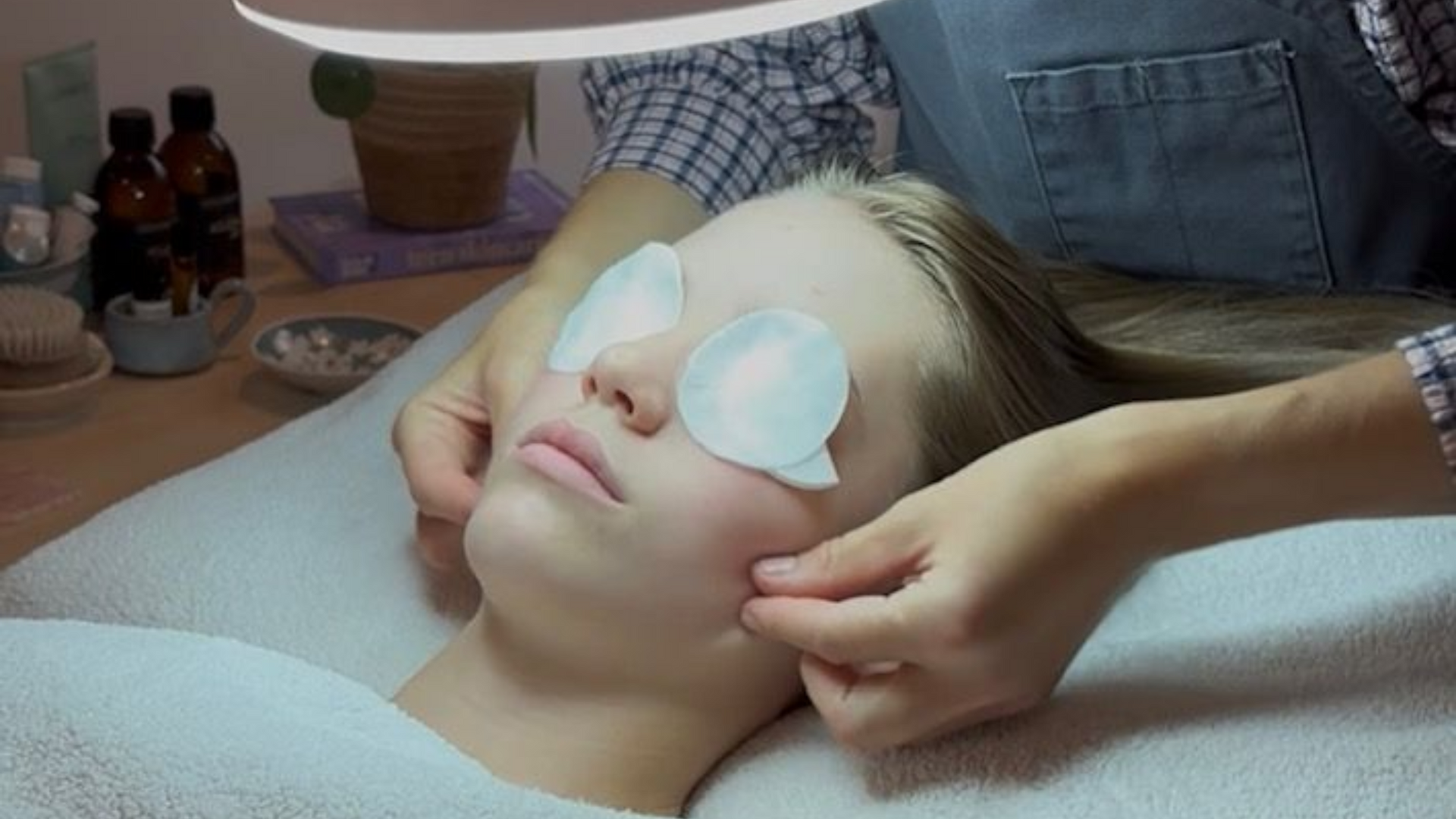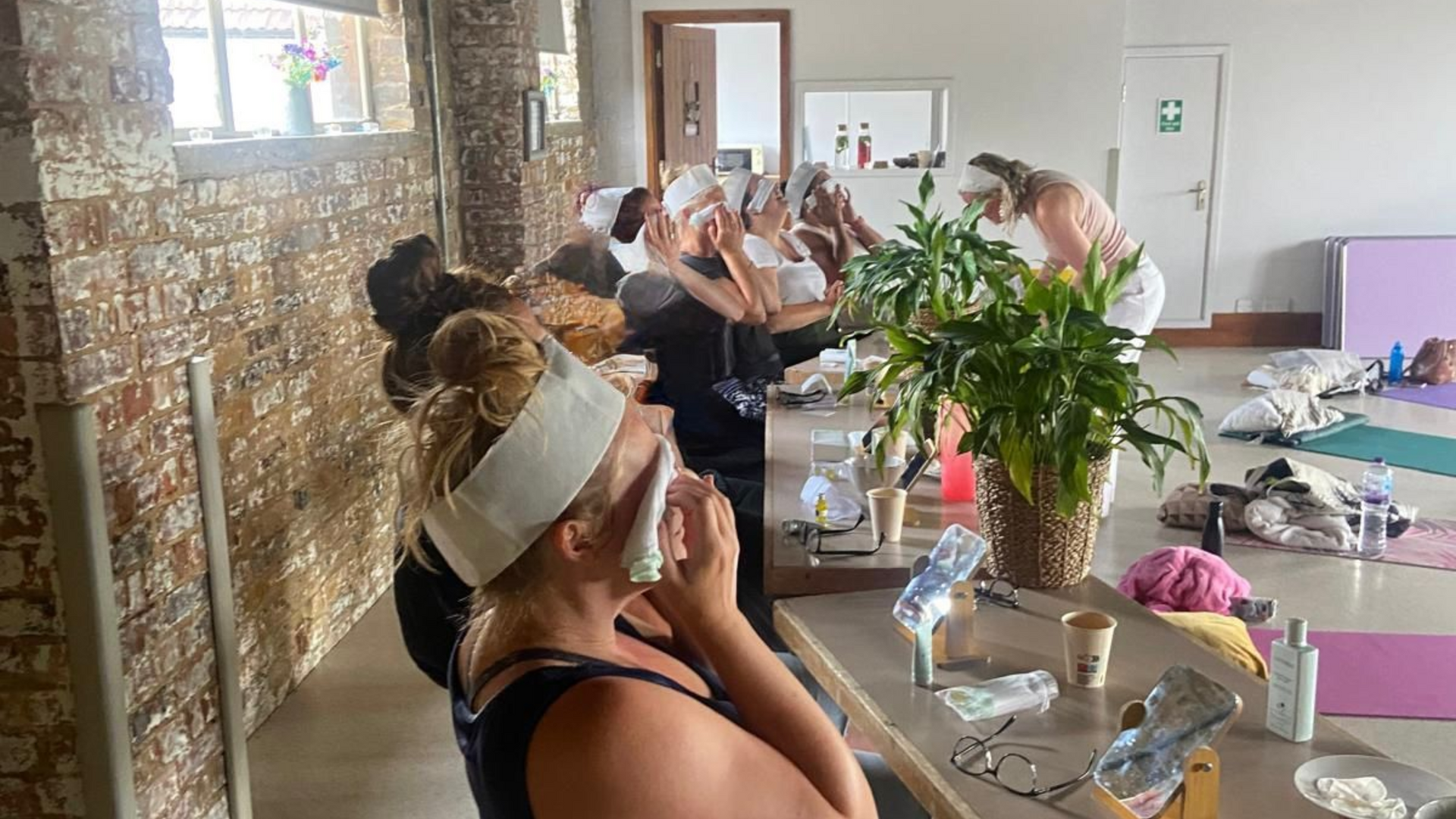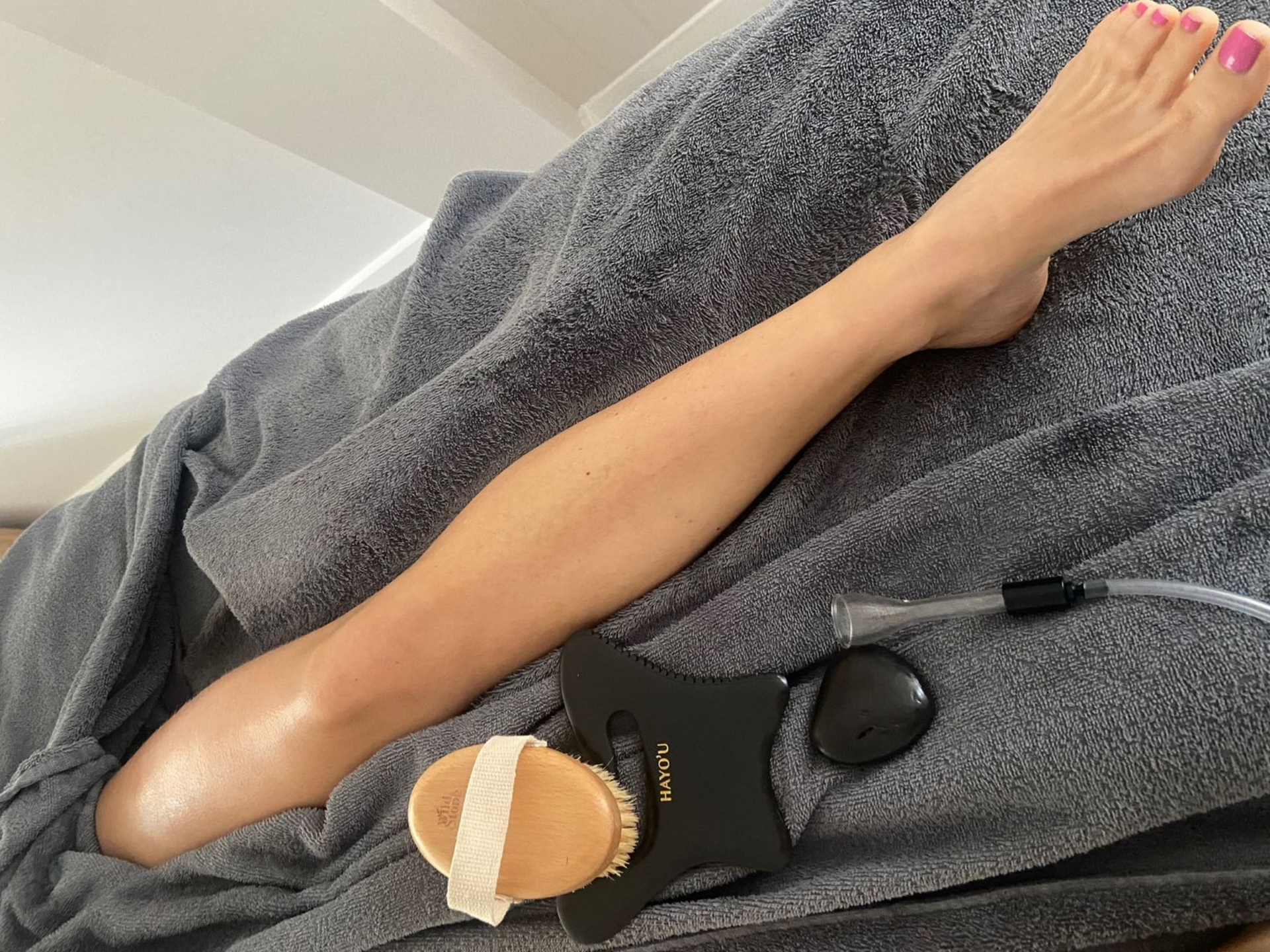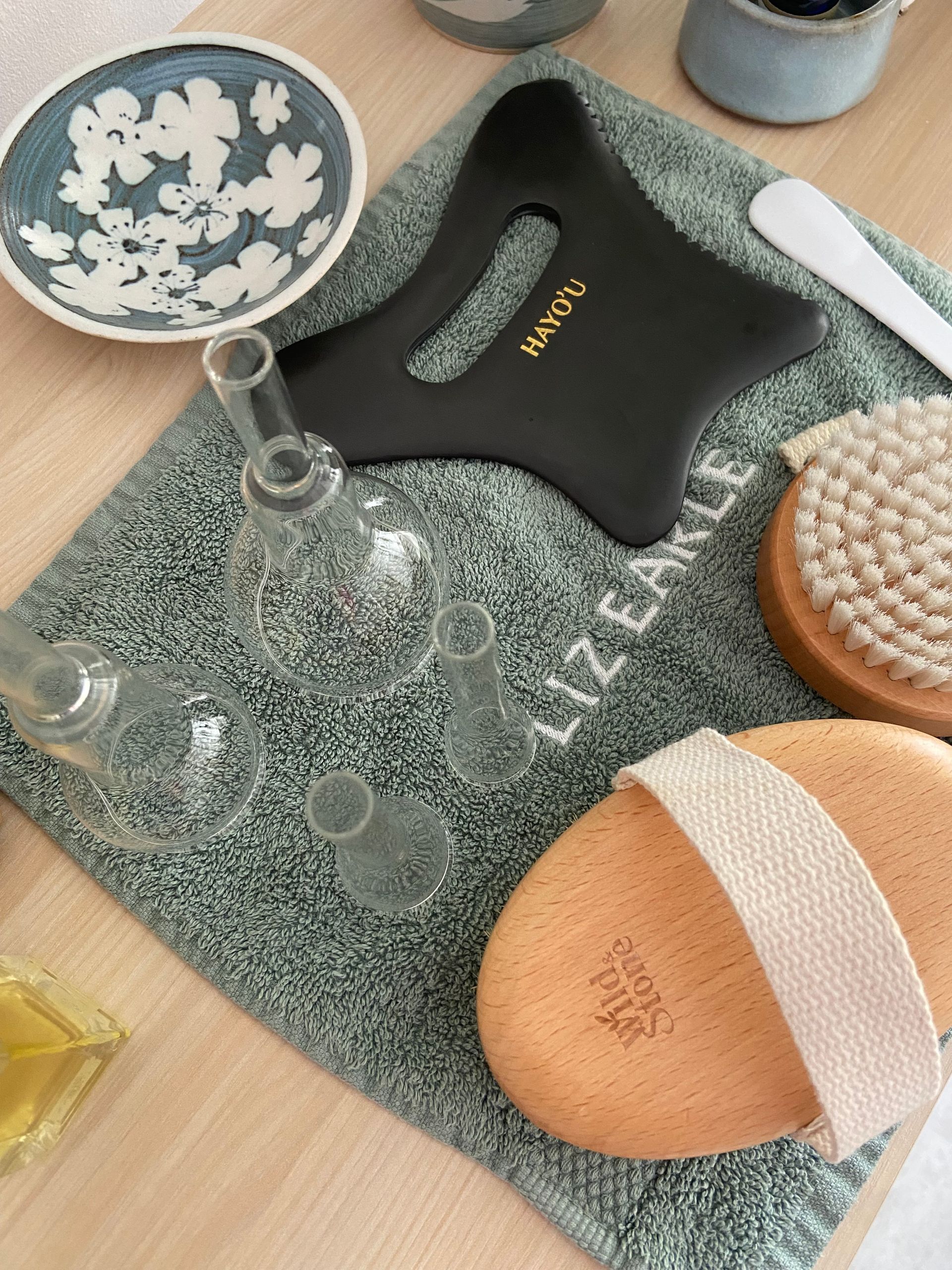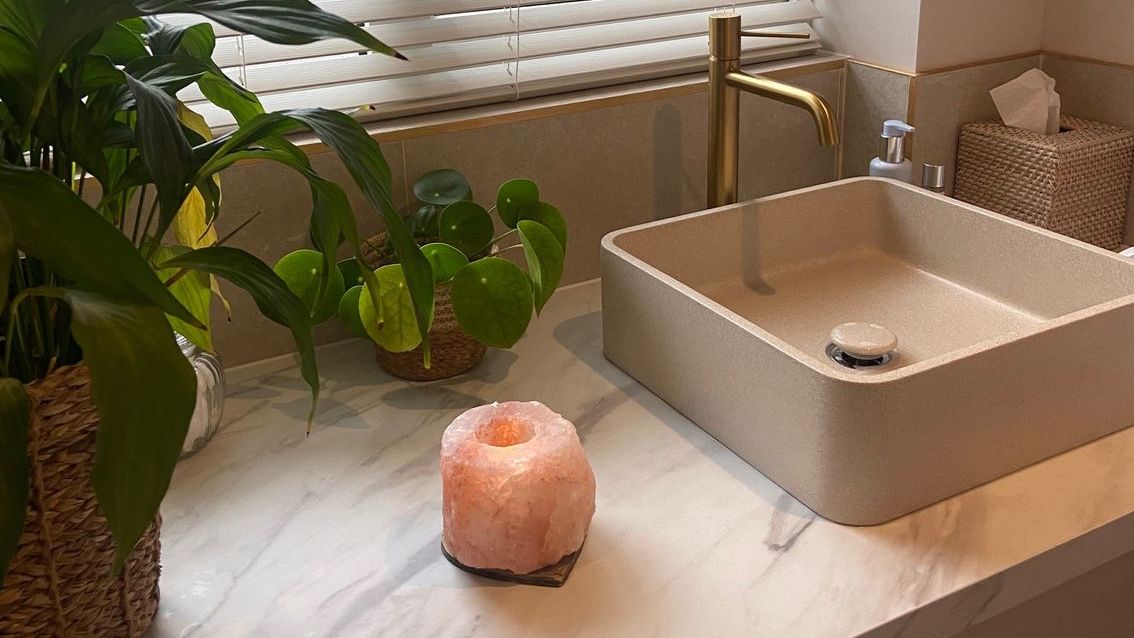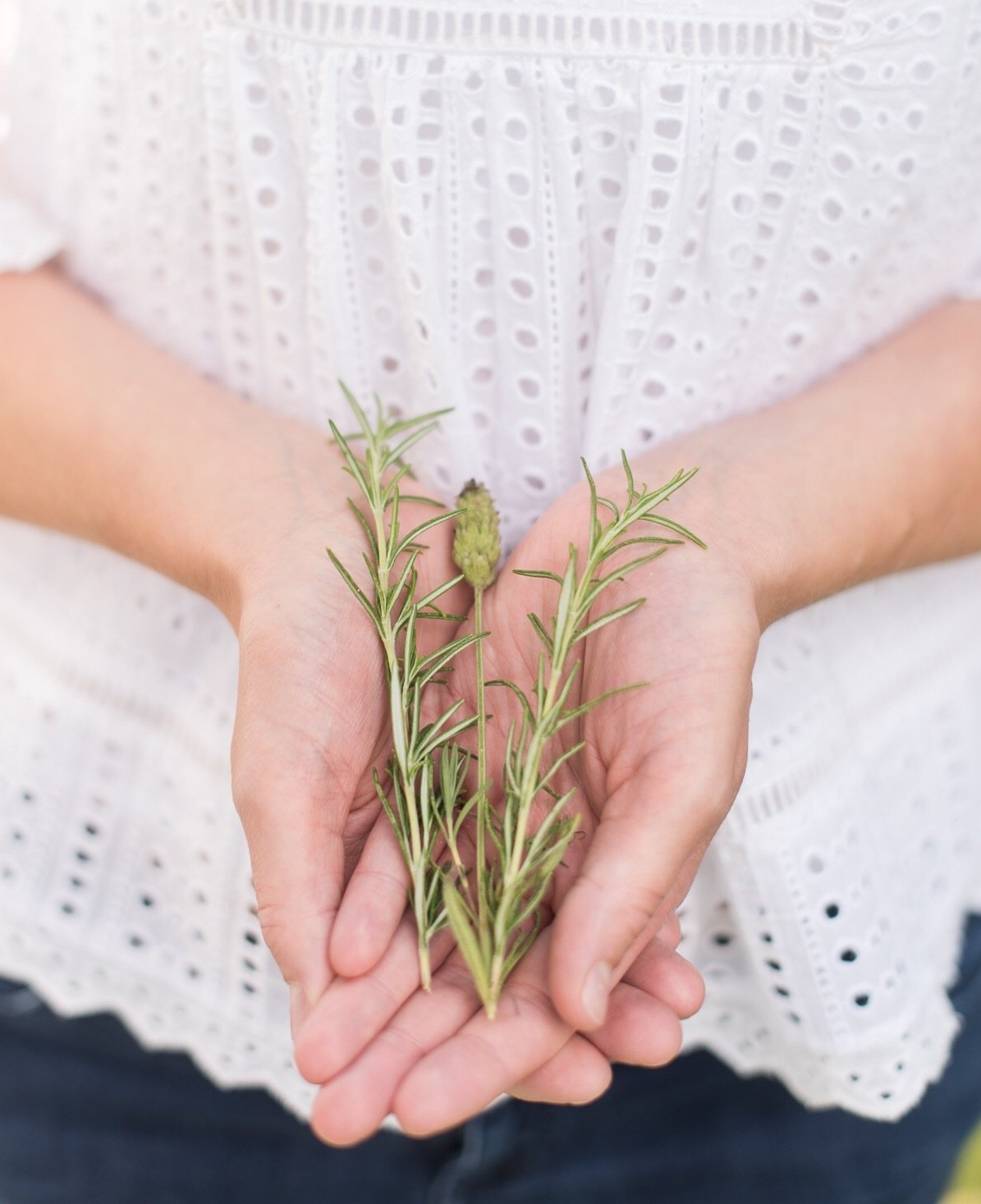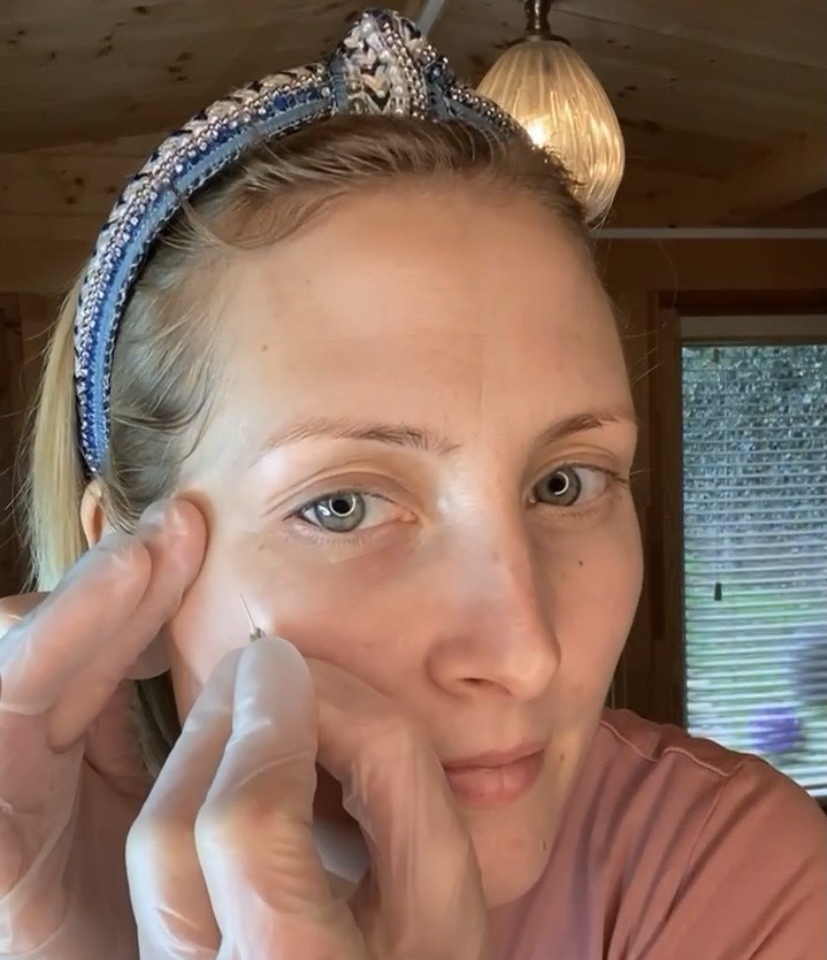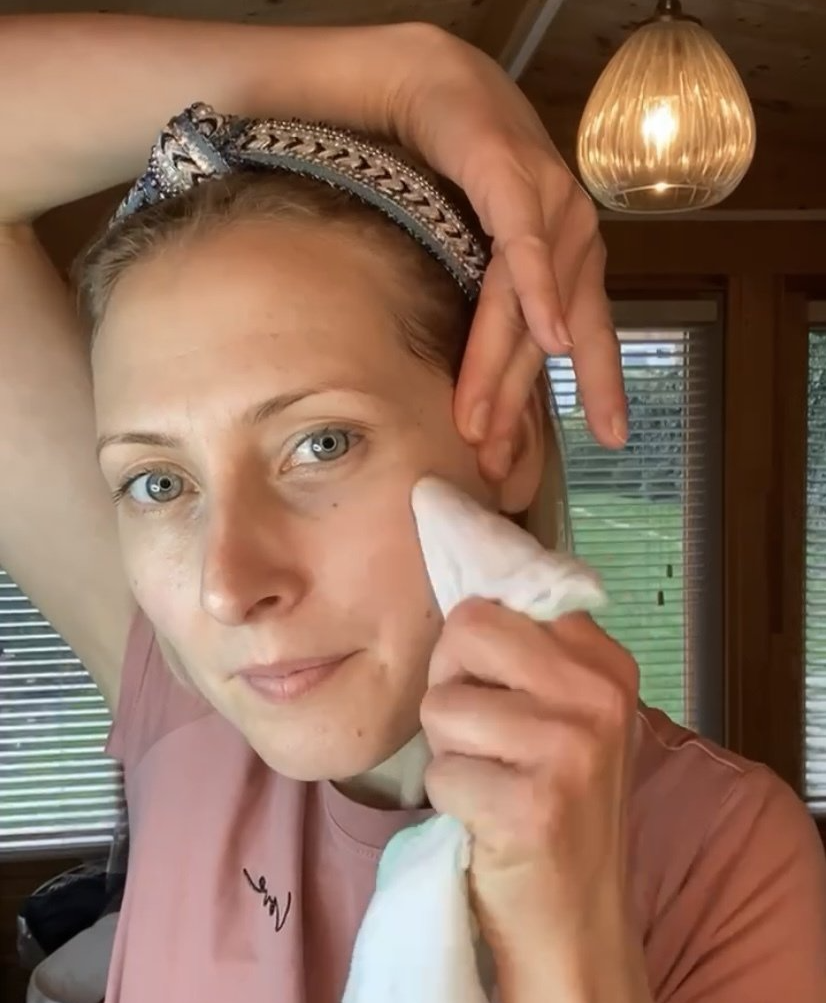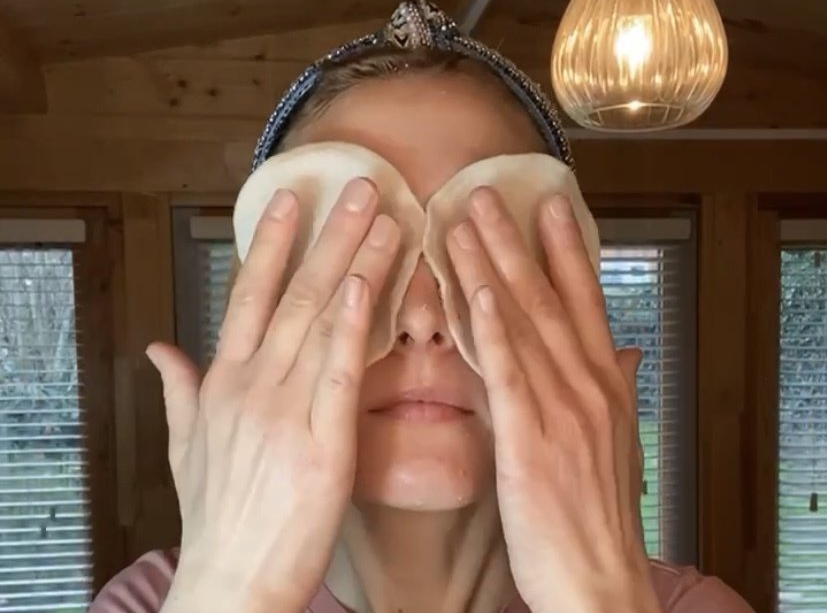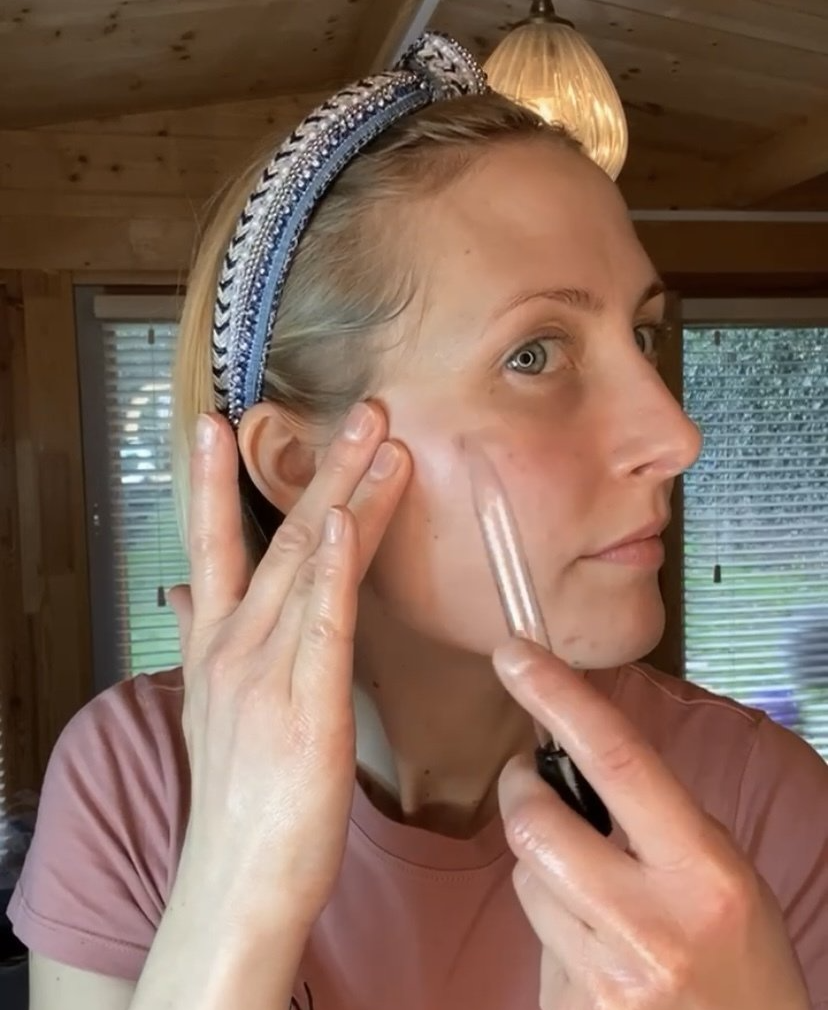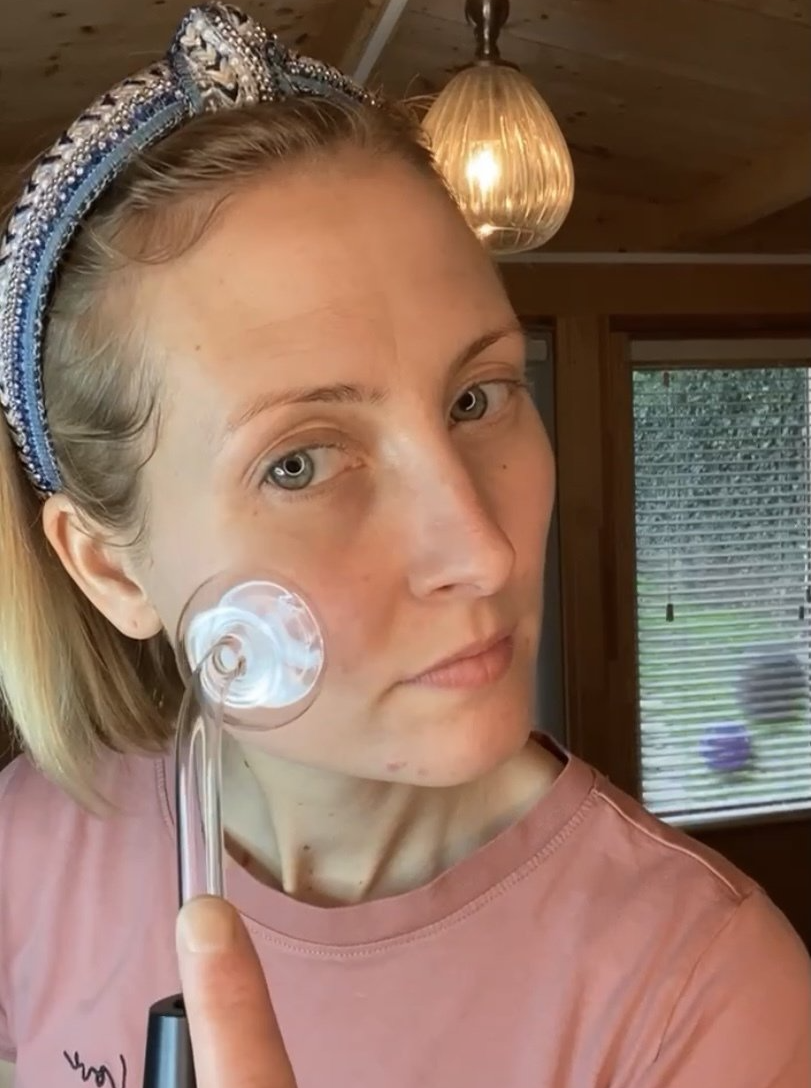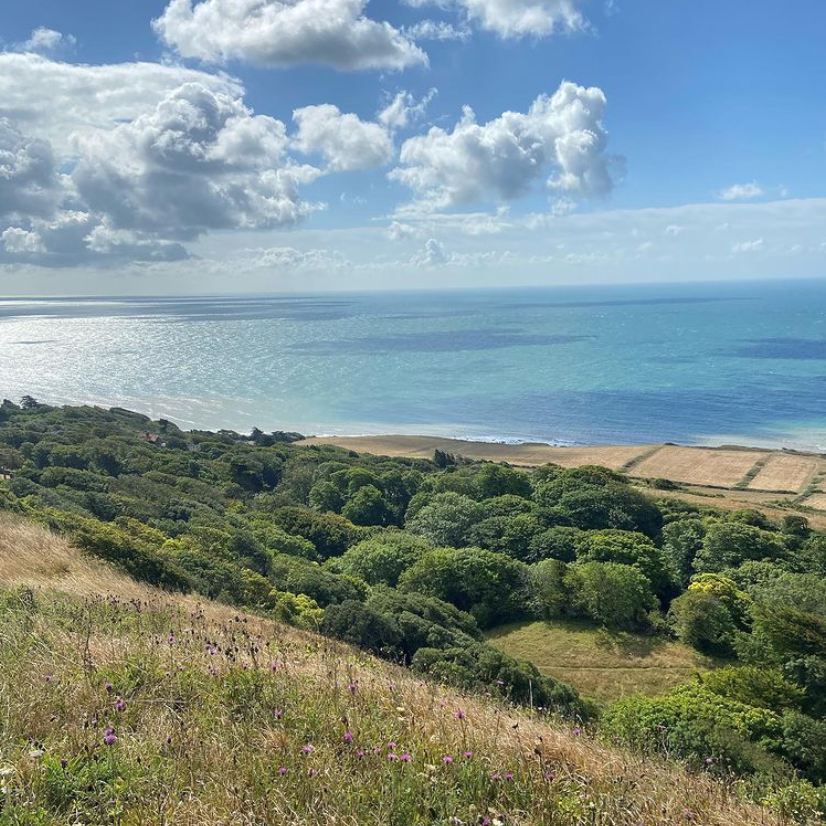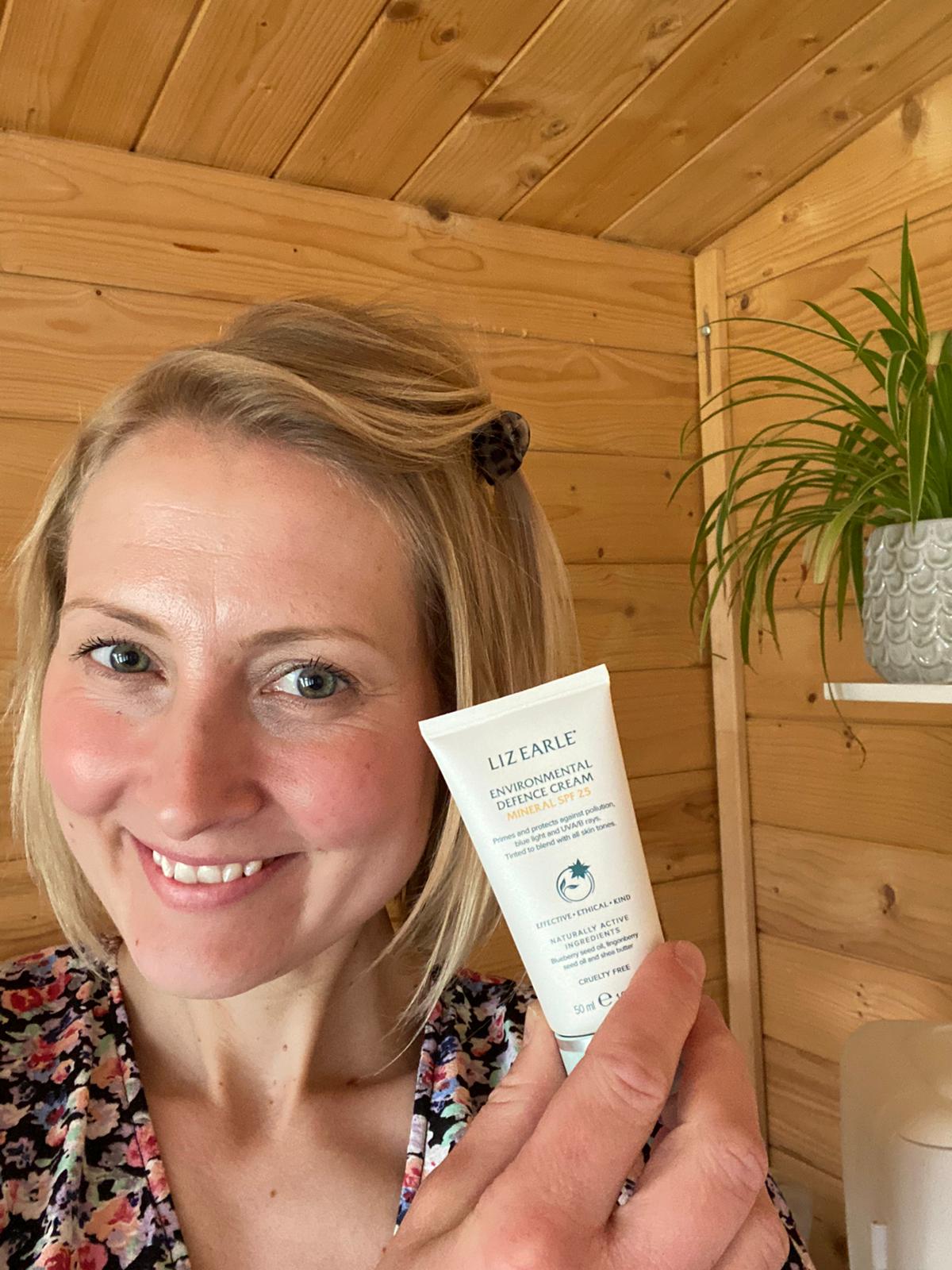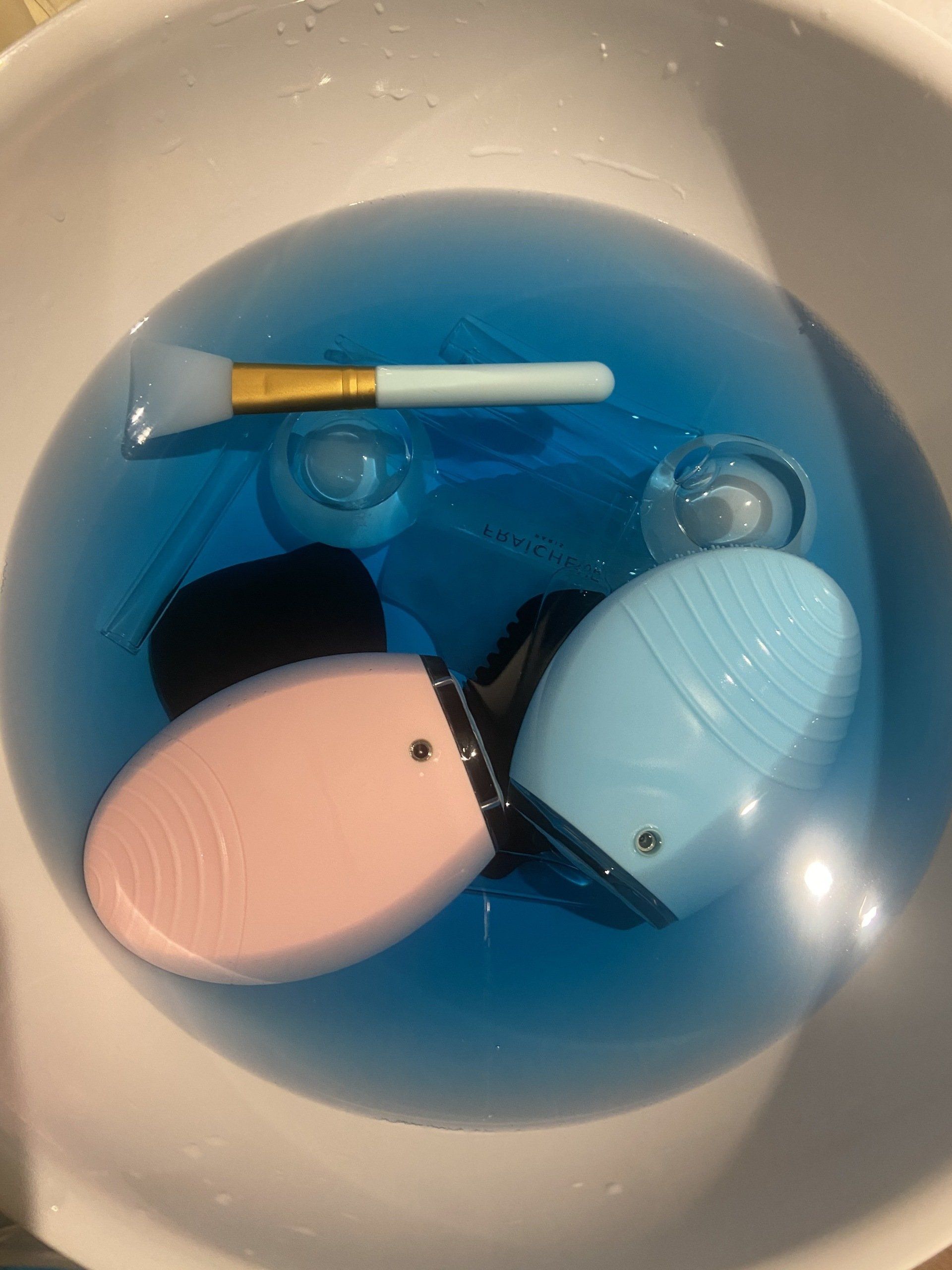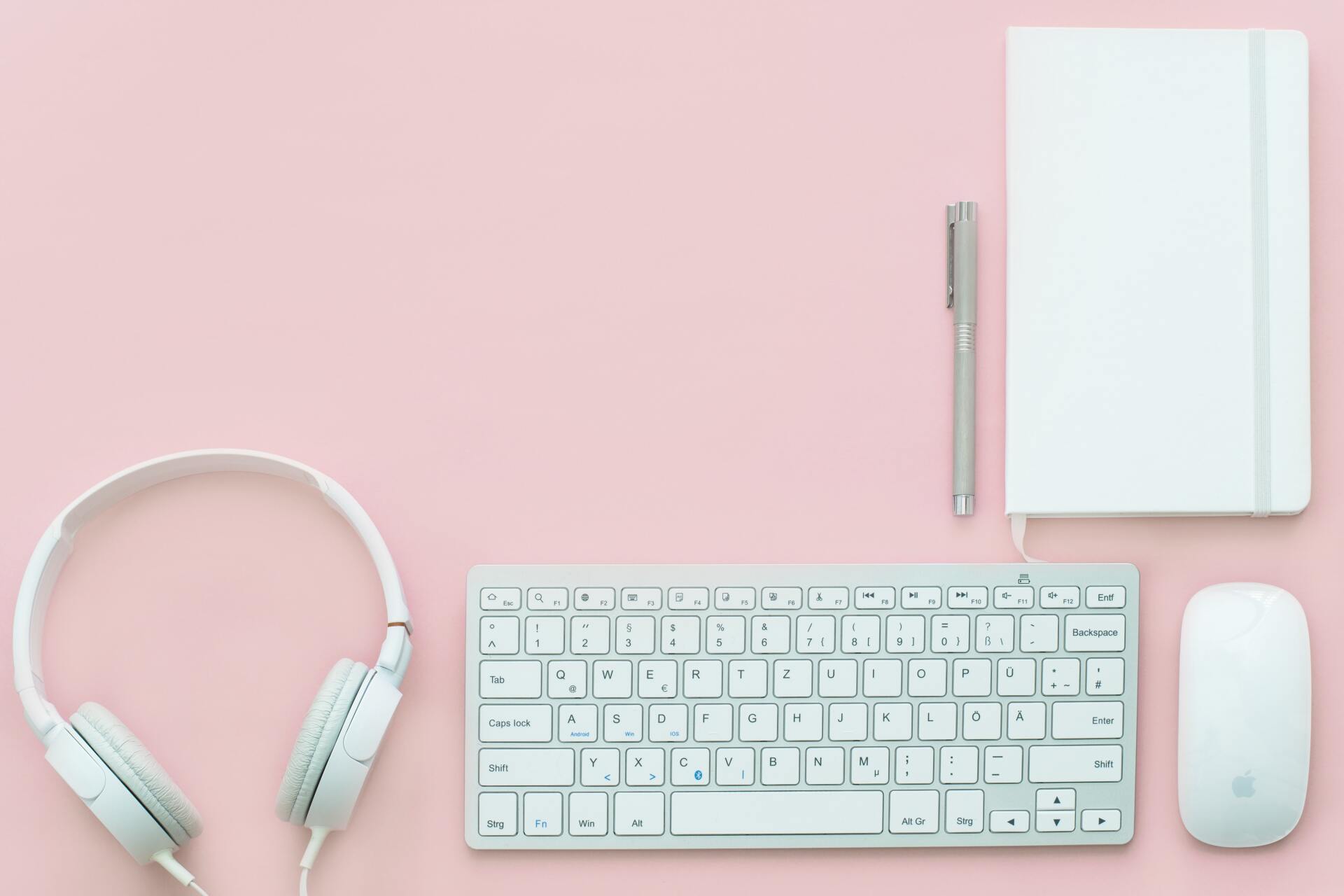By Karen Bevan-Brown
•
August 2, 2025
Hello lovely friends, Well here we are, into August! I hope you’ve been having a gorgeous summer time! I have loved seeing so many of you over the last few months and hearing about the lovely plans you’ve had in store. It’s also been wonderful to welcome into the treatment room so many new clients too-I always feel so honoured that you put your trust into me for treating your skin, body and mind through the art of natural therapy. The messages and reviews you so kindly send me after your treatments really do mean the world, so a huge, huge thank you! I love treating you all. New to The Skin Cabin community and want to learn about the ethos behind my facials? I always recommend The Bespoke 90 minutes Facial as your initial treatment. My intention for every facial is to really understand your skin, your lifestyle, your diet, your health and your current skincare plan and of course, most importantly, your skin goals. There are so many factors that influence the condition and appearance of our skin and so getting a real 360 view helps to create a perfect plan for our journey to achieving optimum skin health. For the last 20 years of treating, I have always championed working in harmony with it; preserving and protecting the skin’s natural barrier, which is absolutely vital for skin balance. I love researching and cherry-picking the most sophisticated skincare blends and formulations, technologies and time-tested methodologies to use in my treatments and for your skin. All that are safe, non-invasive and work in total synergy with the skin whilst delivering positive results. On top of that, my focus within every treatment experience is to support the regulation of your nervous system, for you to feel fully nurtured and looked after, whilst tightness and tension are eased in every corner of your body. When we feel relaxed and soothed, there is no doubt (and something that I see first-hand!) that we glow, naturally, from the inside out. Looking ahead, and although each facial is totally bespoke, the post-summer facials will often feature thorough deep cleansing techniques such as mild steaming and extractions and using gentle resurfacing peels. The layers of SPF application, extra perspiration and additional dead skin cells that develop on the surface of our skin over the summer (the clever mechanism that happens to protect our skin with more sun exposure than normal) can bring about more congestion within our pores and an uneven texture leading to a dull tone. Also our skin can feel more tight, dry and dehydrated from long-haul flights, exposure to more air conditioning, excess perspiration and high humidity climates so replenishing the skin with effective hydration and integrative massage techniques helps to instantly rejuvenate the skin, support skin plumpness and soften the appearance of fine and deeper lines. The NEW Legs Recharge treatment has been SO popular, and although I originally planned it to be an exclusive for the summer months, many of you have been keen to continue to have this over the winter months so it will be staying on the menu due to popular demand! If you haven’t yet tried it, in a nutshell, it’s an invigorating hips to toes treatment with a dreamy blend of hands-on methods to actively stimulate the lymphatic and blood circulation, whilst smoothing and nourishing the skin, ironing out pockets of tension, resulting in the ultimate leg sculpting boost-think exfoliation, dry brushing, hot stone and sculpting massage plus lymphatic drainage via vacuum suction.. It’s been a busy one outside of the treatment room since May too, where I teamed up with the wonderful Lucy from bylucy to offer our first series of Sunset Sessions at the beautiful Horse Shoe Barn- evenings packed full of soothing, sleeping vibes and restorative practises- guided facial sequences, sound bath, breath work, massage and so much more. Our next one is Thursday 18th September which is now SOLD OUT, but if you were keen to join on but didn’t book in time, just drop me a note and I’ll make sure to add you to the waiting list in case any changes happen and a last minute slot becomes available.. In July we also hosted our first full day retreat; ‘Energise and Glow’, which was a day blended with all kinds of beautiful sensorial experiences from Movement, Massage, Nourishment, Fresh Air and a Sound Bath session. It was a gorgeous day and so am super happy to share that we have secured a date for our next retreat ‘Nourish and Nurture’ which is on Sunday 28th September - Expect a loose scheduled day where no rushing is required. You’ll breeze from activity to quiet exploration time. A day to release any held tension and ease into relaxation. Make new friends and have a giggle over shared experiences. Whether you arrive feeling stressed or relaxed, the retreat we have planned will leave you feeling calm, more connected and at peace… Arrival: 10:15am 10:30am: Restorative Pilates- no previous experience needed 11:30am: Deeply nourishing Facial Self-Massage 12:15pm: Refreshments, snacks and time to explore or relax 1:00pm: Breathwork, Sound bath and Upper Body Release session 2:45pm: Two course meal with water (Additional drinks can be purchased from the bar) 4:30pm: Homeward Bound £160 pp (non-refundable, unless we have someone on the waitlist who can replace you) For those that are so much more organised than me who love to book your treatments well in advance, I’m pleased to say that the treatment diary is now open until Christmas so feel free to book your sessions in from October onwards too now! As always, if you have any difficulty finding the slot you would like, just drop me a note! To close, wishing you and your loved ones a great rest of the summer and hope to see and treat you very soon! With lots of love, Karen xx
